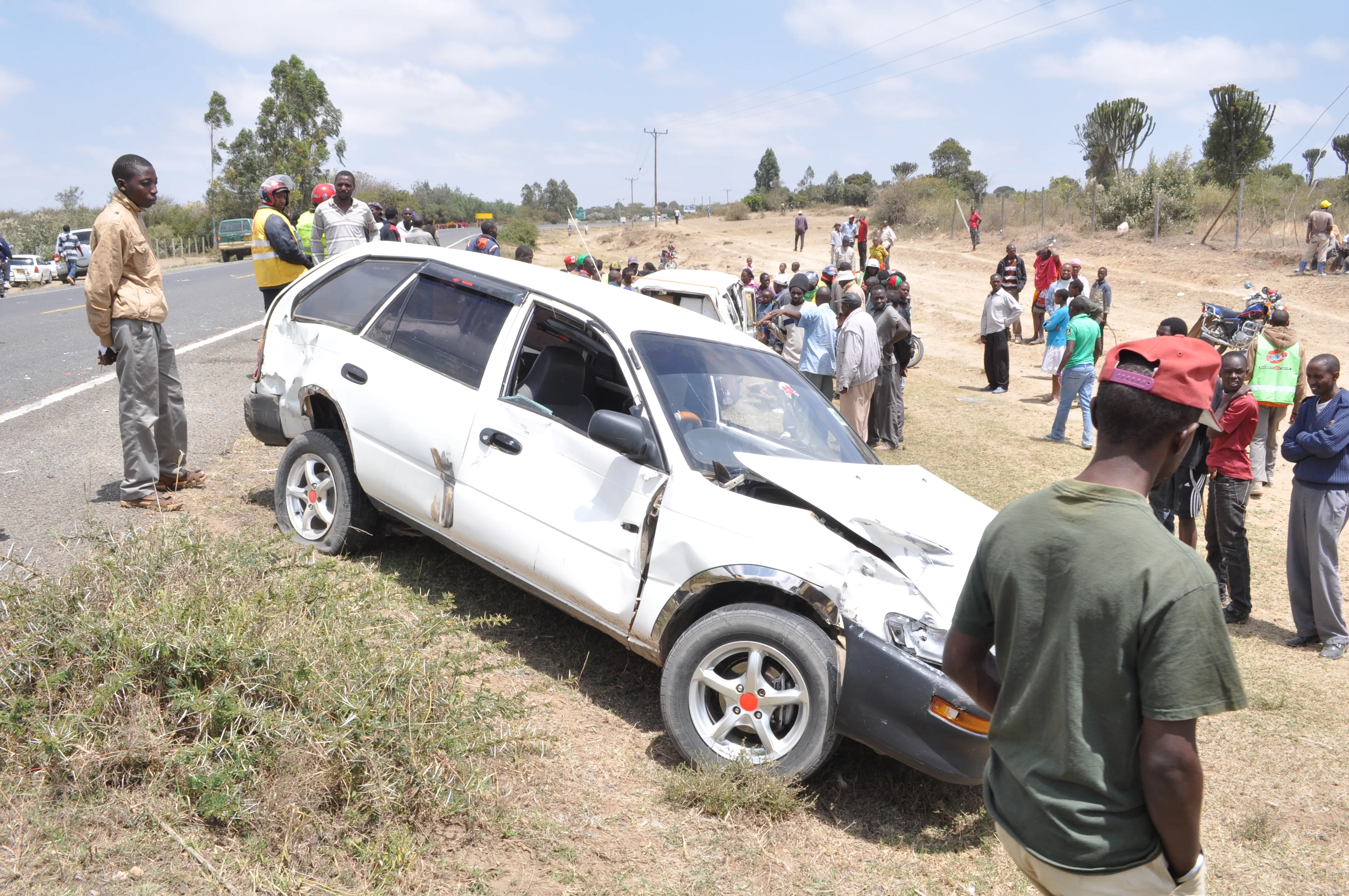The New Zealand Government is setting out a new plan to reduce the country’s road casualty rate. This has the aim of reducing the road death rate by 560 over the next 10 years. The plan would also cut serious injuries by 5,600 over the same period.
The New Zealand Government intends to implement the Vision Zero Programme. Better enforcement, new and better facilities for pedestrians and cyclists and safer vehicles are all included in the plans.
July 23, 2019
Read time: 1 min
The New Zealand Government is setting out a new plan to reduce the country’s road casualty rate. This has the aim of reducing the road death rate by 560 over the next 10 years. The plan would also cut serious injuries by 5,600 over the same period.
The New Zealand Government intends to implement the Vision Zero Programme. Better enforcement, new and better facilities for pedestrians and cyclists and safer vehicles are all included in the plans.







